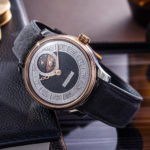Best of 2022: Compelling Complications
Evolutionary complexity.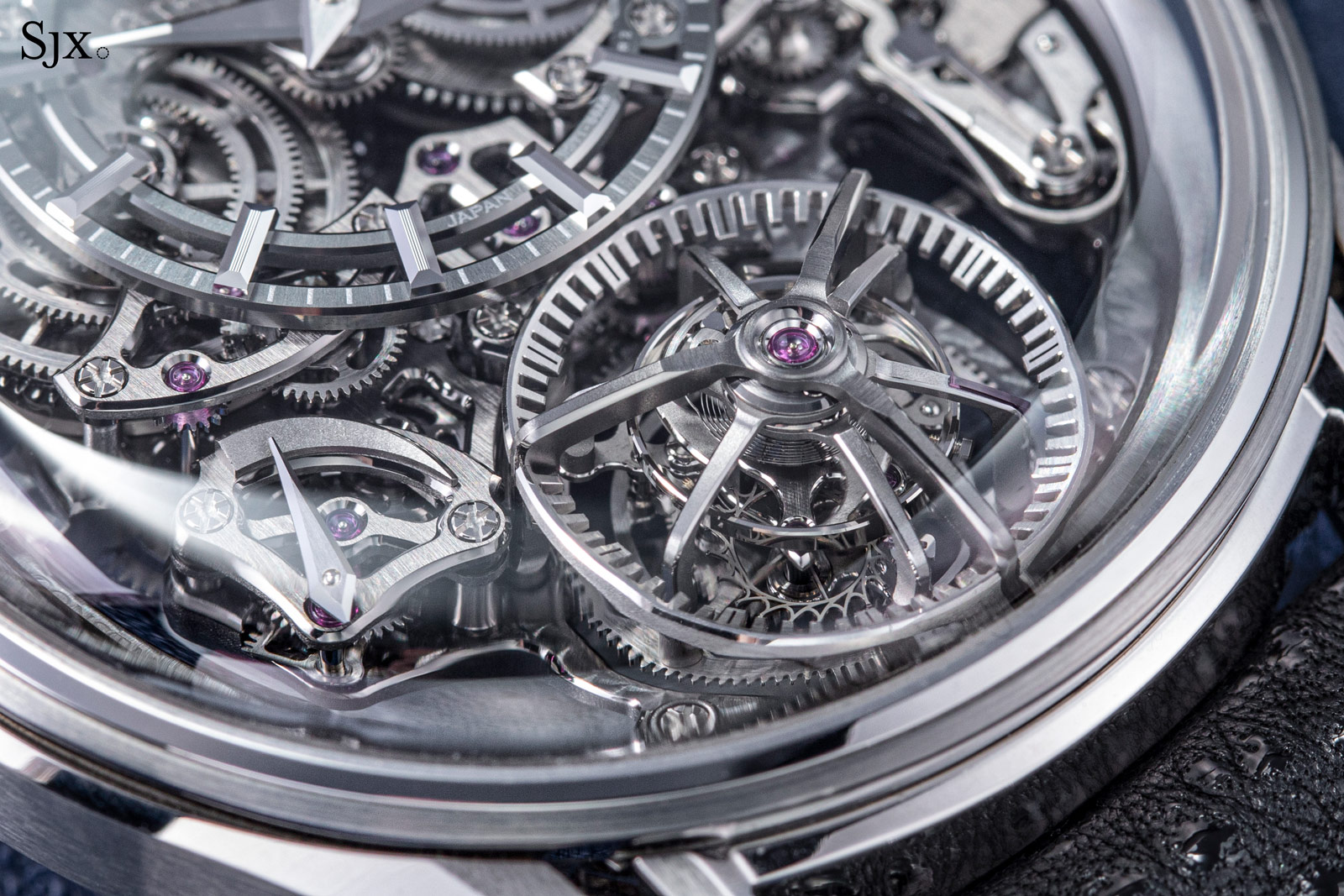
Most brands, especially the establishment names, stuck to the evolutionary rather than revolutionary in 2022, which also held true for the latest complications for the year. Nearly all of the year’s most notable complications were derived from past concepts.
But the result can still be impressive, as demonstrated by the Ulysse Nardin Freak S. The latest version of a watch that was revolutionary when it was introduced in 2001, the Freak S embodies the ideas that made the original Freak a milestone, including the unorthodox movement construction and the liberal use of intricately-shaped silicon components.
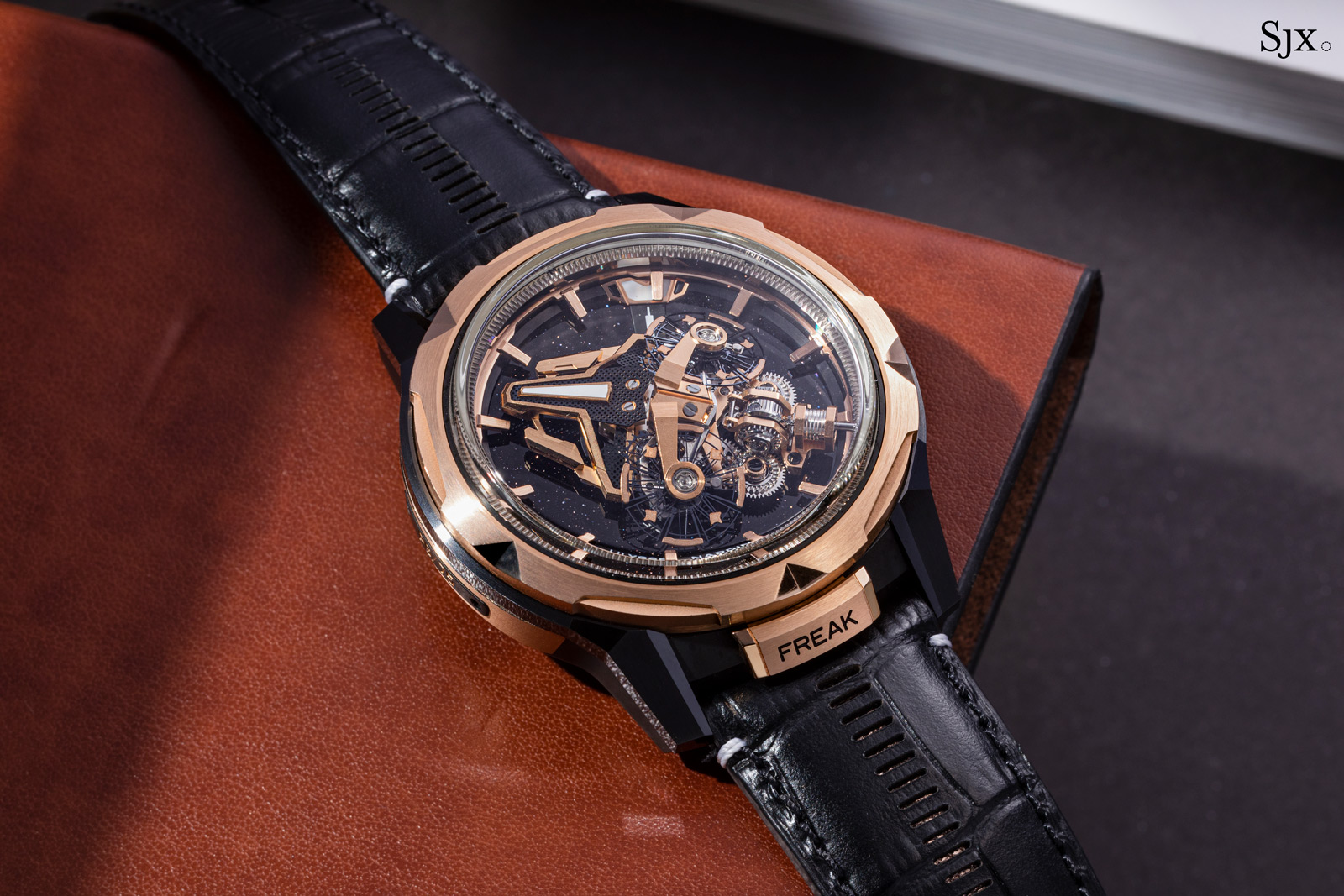
But above all it boasts a far more complex regulator that takes the form of twin oscillators connected by a differential. As outlined in our in-depth review, the twin-balance setup was mostly found on classical (and expensive) chronometers from the likes of Greubel Forsey and Philippe Dufour, making the Freak S an outlier with its hyper-modern design. And at US$137,000, it is also more affordable than similar complications from other makers.
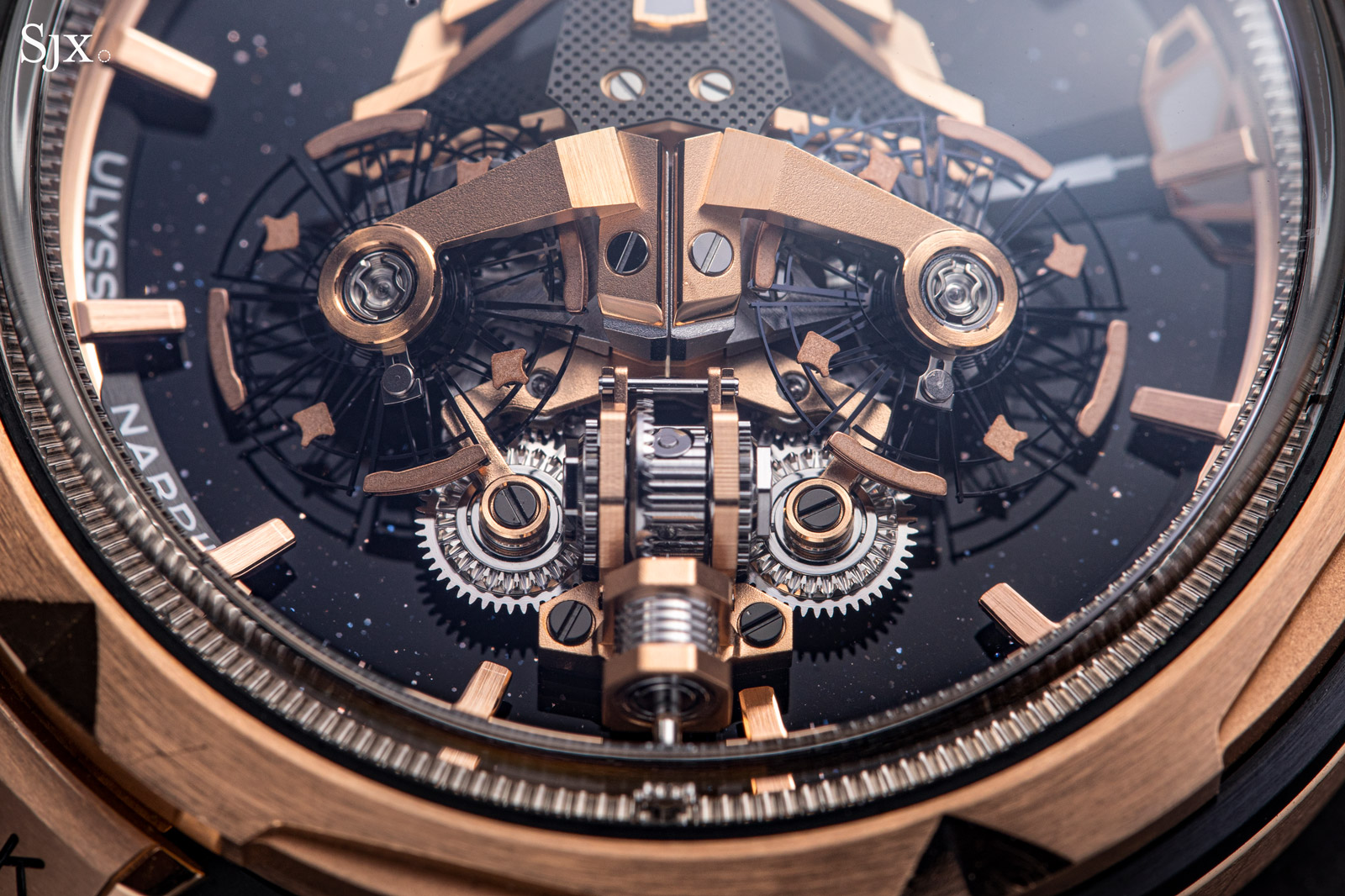
Standing in stark contrast to the aggressively contemporary styling of the Freak S is the Cartier Masse Mystérieuse. Typical of Cartier with its Roman numerals and ruby cabochon in the crown, the Masse Mystérieuse is inspired by the mystery clocks made by the jeweller in the first half of the 20th century.
The result of over eight years of research and development, the Masse Mystérieuse was the final complication devised by Carole Forestier-Kasapi, the former movement chief at Cartier who now holds the same job at TAG Heuer. Reflecting Ms Forestier-Kasapi’s imaginative approach to movement construction and oscillators, the Masse Mystérieuse features a skeletonised automatic movement that is itself the winding rotor. In other words, the movement constantly spins around while the watch is on the wrist.
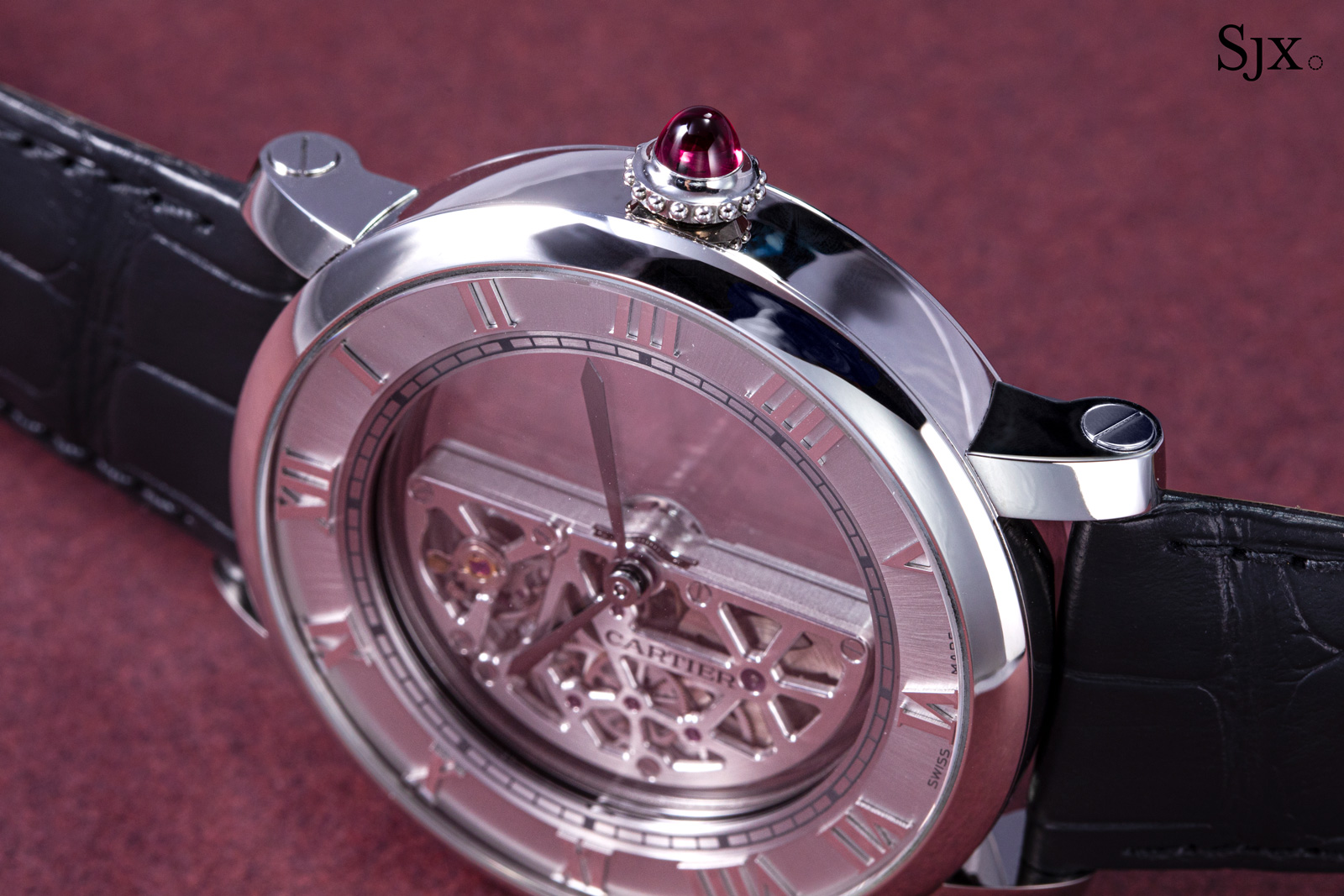
The genius of the Masse Mystérieuse lies in the differential gearing that allow the movement to freely rotate around the central axis, while the hour and minute hands on the same axis are stationary and tell the time conventionally. Very few movements incorporate such differential gears due to their complexity, and tellingly, one of the other watches with a comparable mechanism is the Cartier Astroregulator that was also invented by Ms Forestier-Kasapi.
The only downside of the Masse Mystérieuse is its size. Like many of Cartier’s past complications, it is massive at 43.5 mm in diameter and almost 13 mm high.
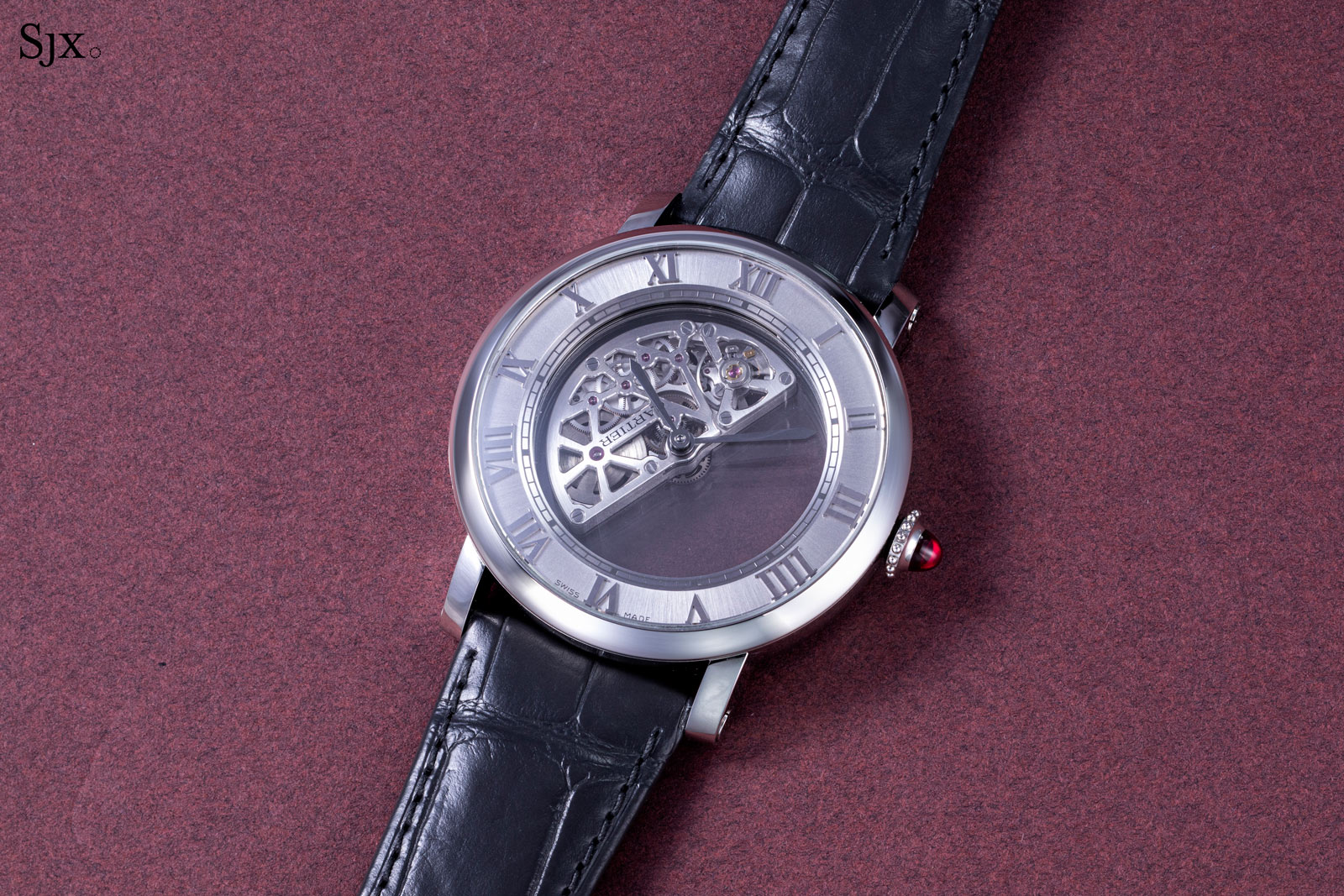
More conventional in approach but exceptionally complex, the Grand Seiko Kodo Constant-Force Tourbillon takes a traditional, no-expense-spared pursuit of chronometry. Both of its complications are well established concepts in traditional chronometers, but here they have been refined to a remarkably high standard. The movement boasts a tourbillon with a constant-force mechanism, both rotating on the same axis. Add to that a high level of decoration and the Kodo is easily one of the best complicated watches of 2022.
Beyond its mechanics, the Kodo is notable for not looking like a Grand Seiko at all. Given the brand’s conservative house style, the bold skeletonisation and decidedly modern elements set the Kodo apart from everything the brand has done. While the Kodo is the first and only watch of its kind from Grand Seiko, it certainly sets a promising precedent for things to come.
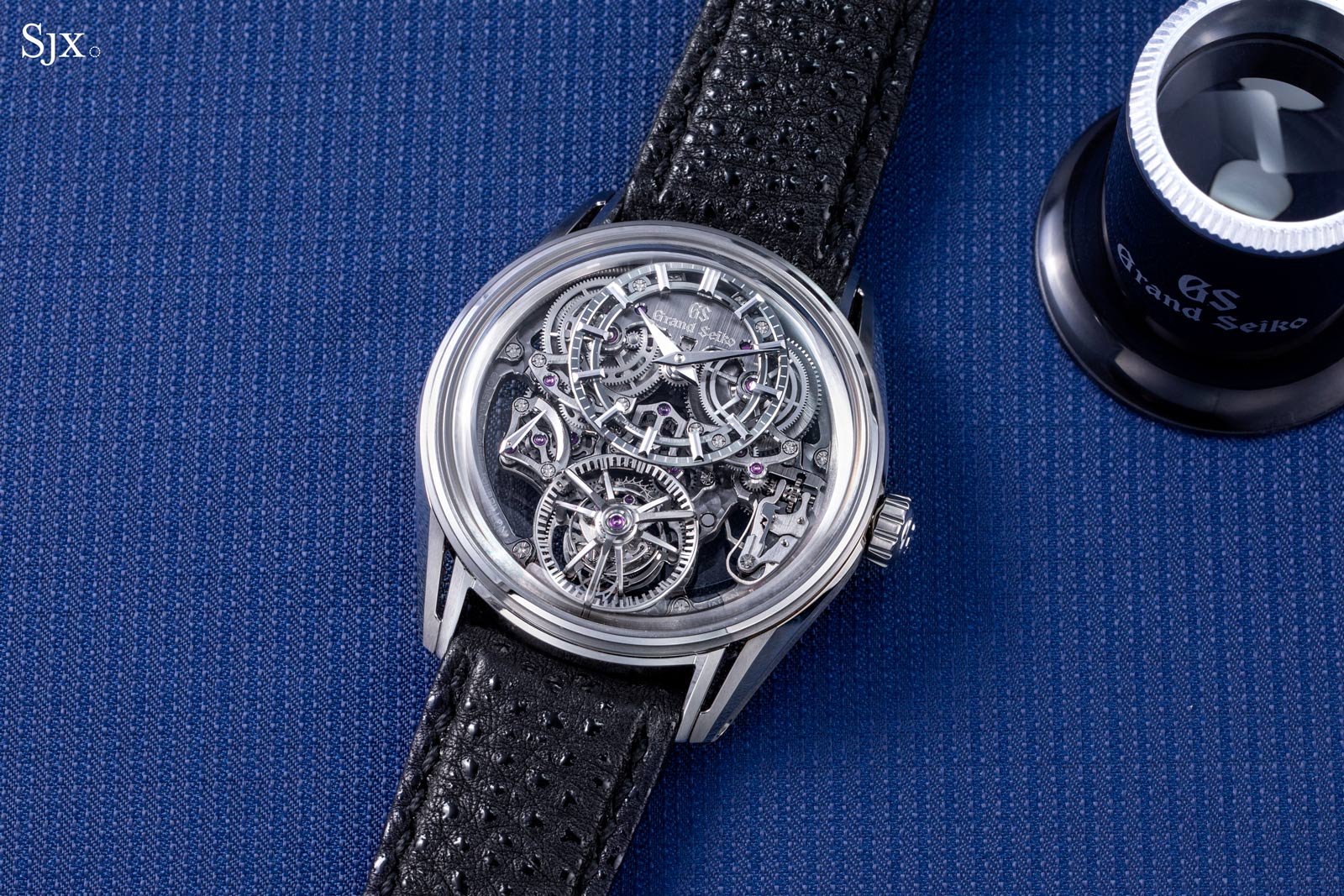
Also unexpected but in a less extreme fashion is the Patek Philippe ref. 5470P 1/10th of a Second Monopusher Chronograph. While Patek Philippe is certainly famous for chronographs, its past models have been eminently traditional. Instead most of the brand’s innovation and even experimental complications have been implemented in its calendar watches and more recently in a minute repeater.
In contrast, the ref. 5470P packs in a substantial amount of tech – at least by the conservative standards of Patek Philippe – while being a traditional, column-wheel chronograph at heart.
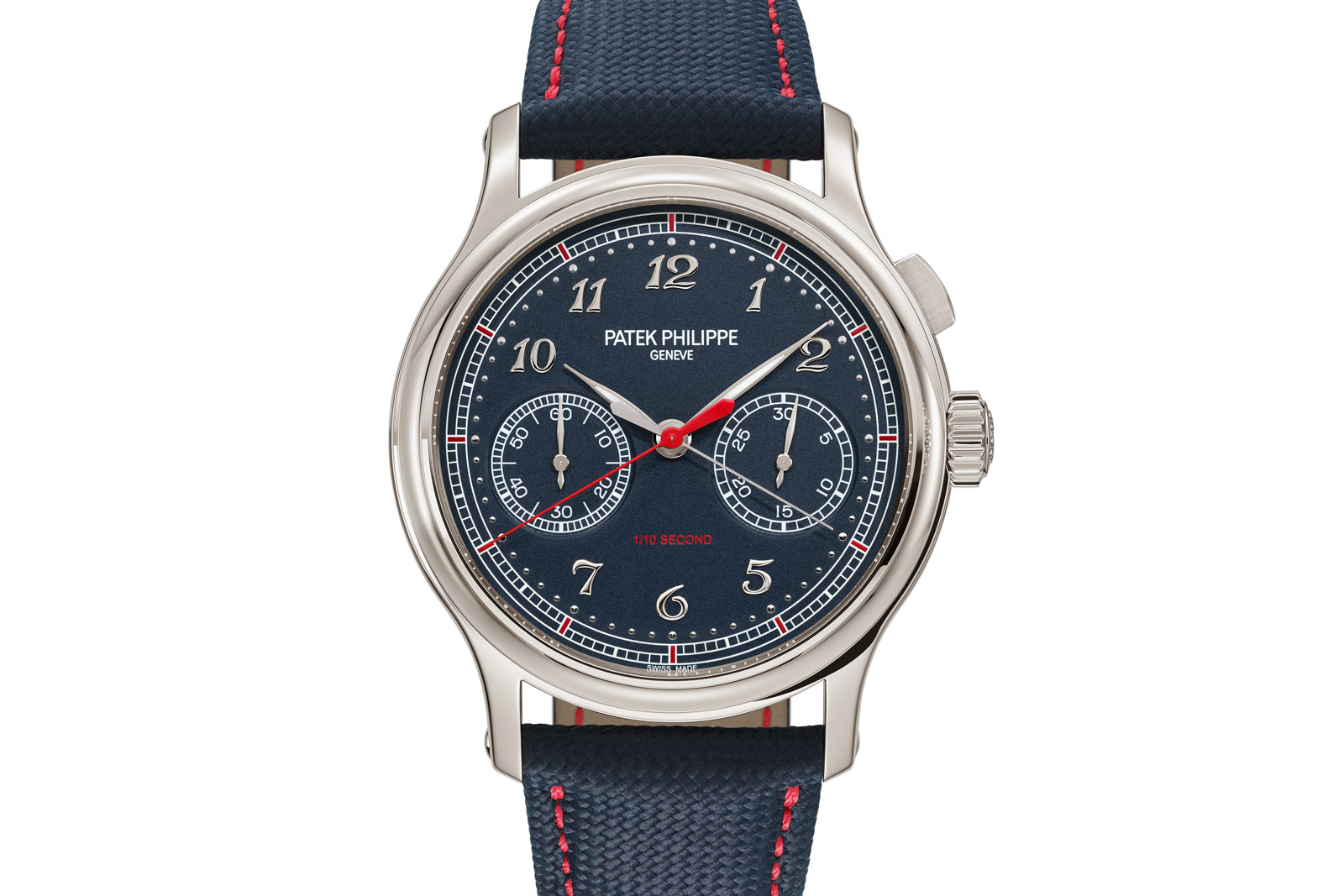
Notably a regular production watch, the ref. 5470P. Image – Patek Philippe
The movement of the ref. 5470P features two key additions to the standard manual-wind chronograph movement. One is the silicon balance assembly running at 36,000 beats per hour, or 5 Hz, making this the brand’s first and only serially-produced high frequency movement. The other is the additional gear train that drives the red, “lightning” seconds hand, which makes one revolution around the dial every second.
Granted, “lightning” seconds chronographs are not novel. However, the various innovations and mechanisms found in the ref. 5470P make it an interesting proposition, particularly in how it points the way to where Patek Philippe is going in terms of technology and complications.
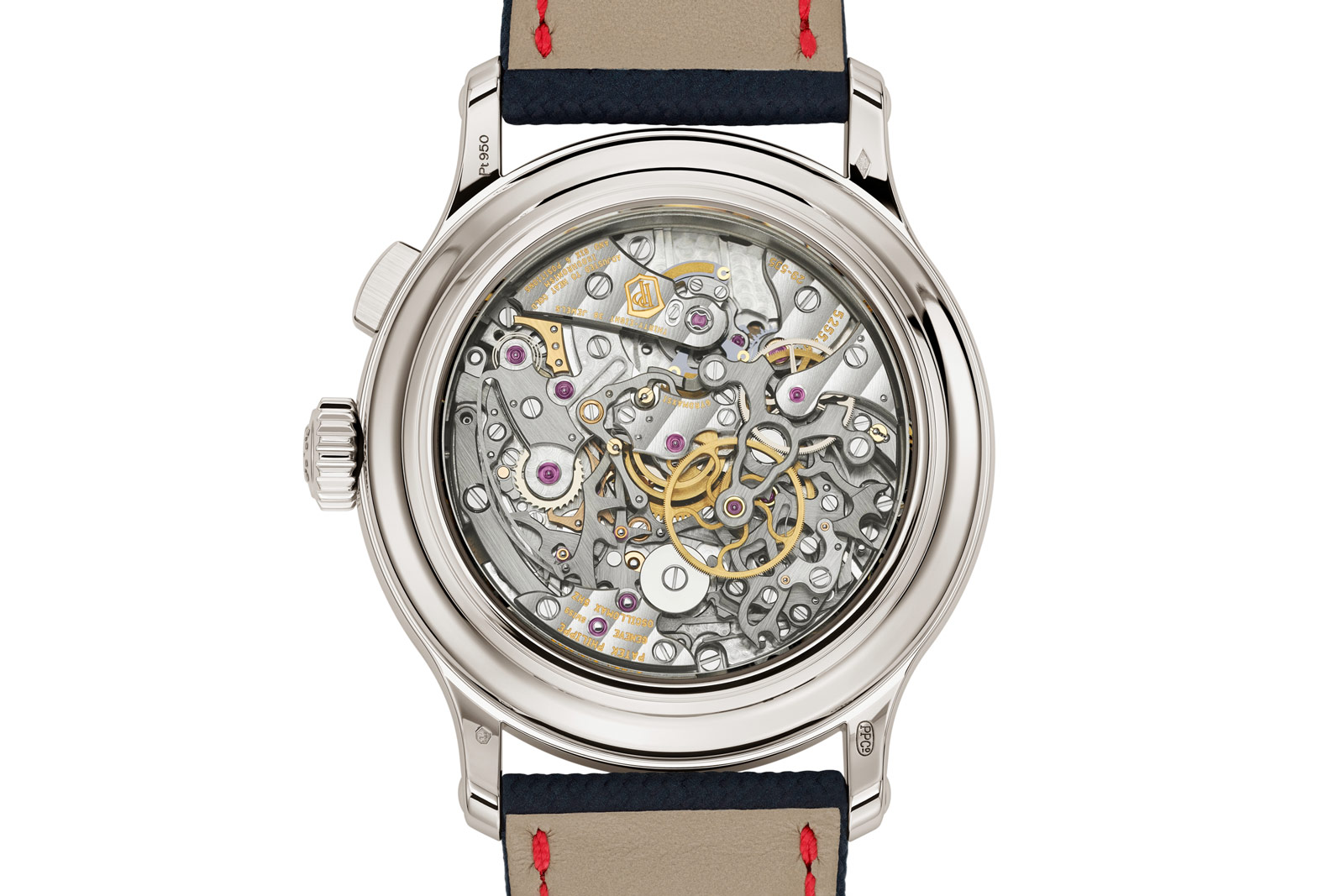
The CH 29-535 PS 1/10 of the ref. 5470P. Image – Patek Philippe
And finally come two watches that deserve an honourable mention. The first is the A. Lange & Sohne Richard Lange Minute Repeater, which is neither innovative nor progressive, but instead an old-school striking watch of extremely high quality. In contrast to the brand’s first minute repeater that was a digital Zeitwerk, the Richard Lange Minute Repeater is conservatively styled with its pocket watch-inspired enamel dial.
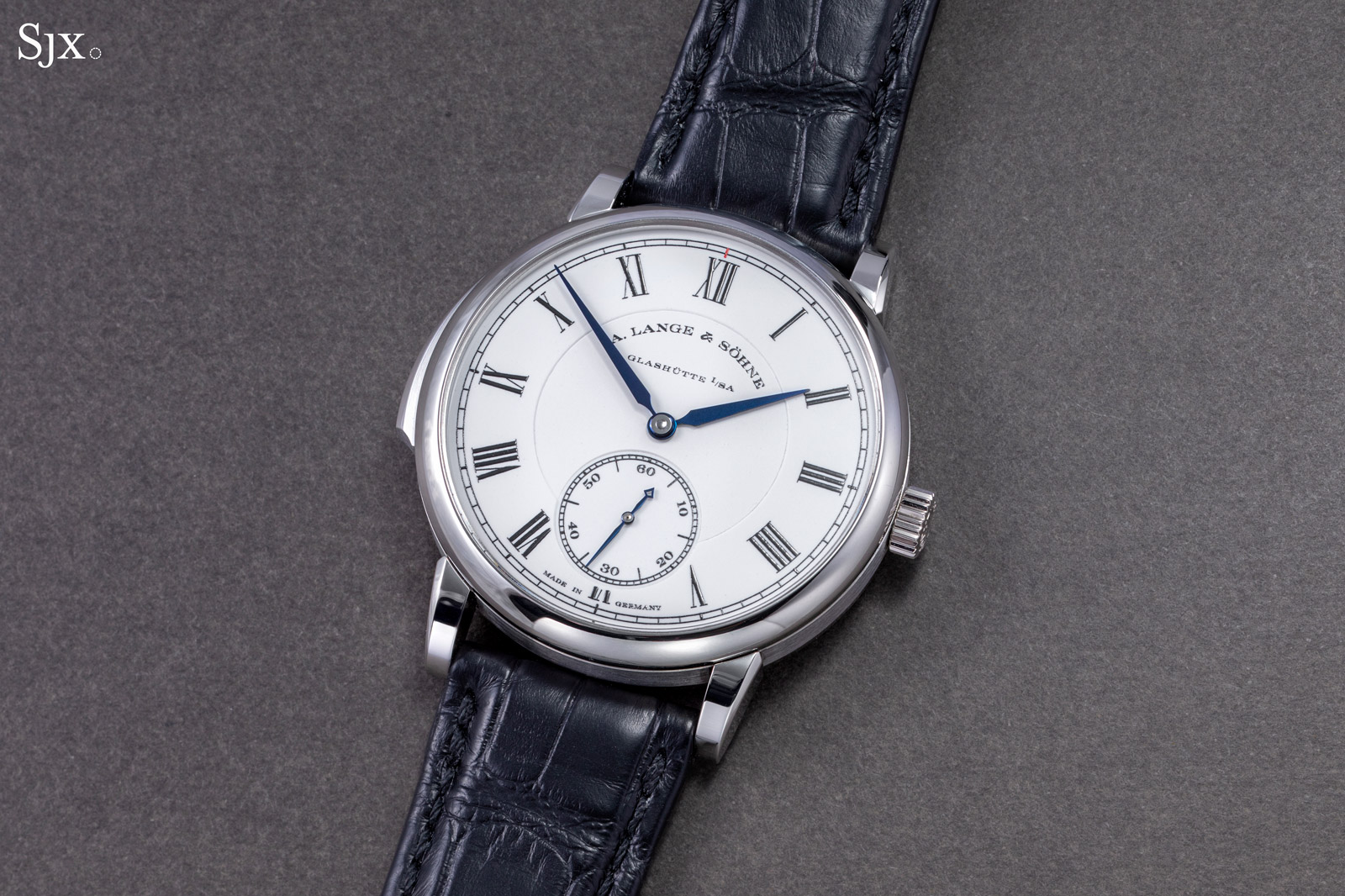
Although entirely new and developed specifically for this watch, the L.122.1 movement inside is similarly traditional in layout and details. It does, however, incorporate an invisible but audible innovation: the chiming mechanism has a pause-elimination feature that eliminates the silent period between the hour and minute strikes found in conventional repeating movements.
And the movement was also engineered to be idiot-proof so the crown cannot be pulled out to set the time while the chiming is ongoing, preventing the damage to the movement that occurs when the hands are moved while the repeater is striking.
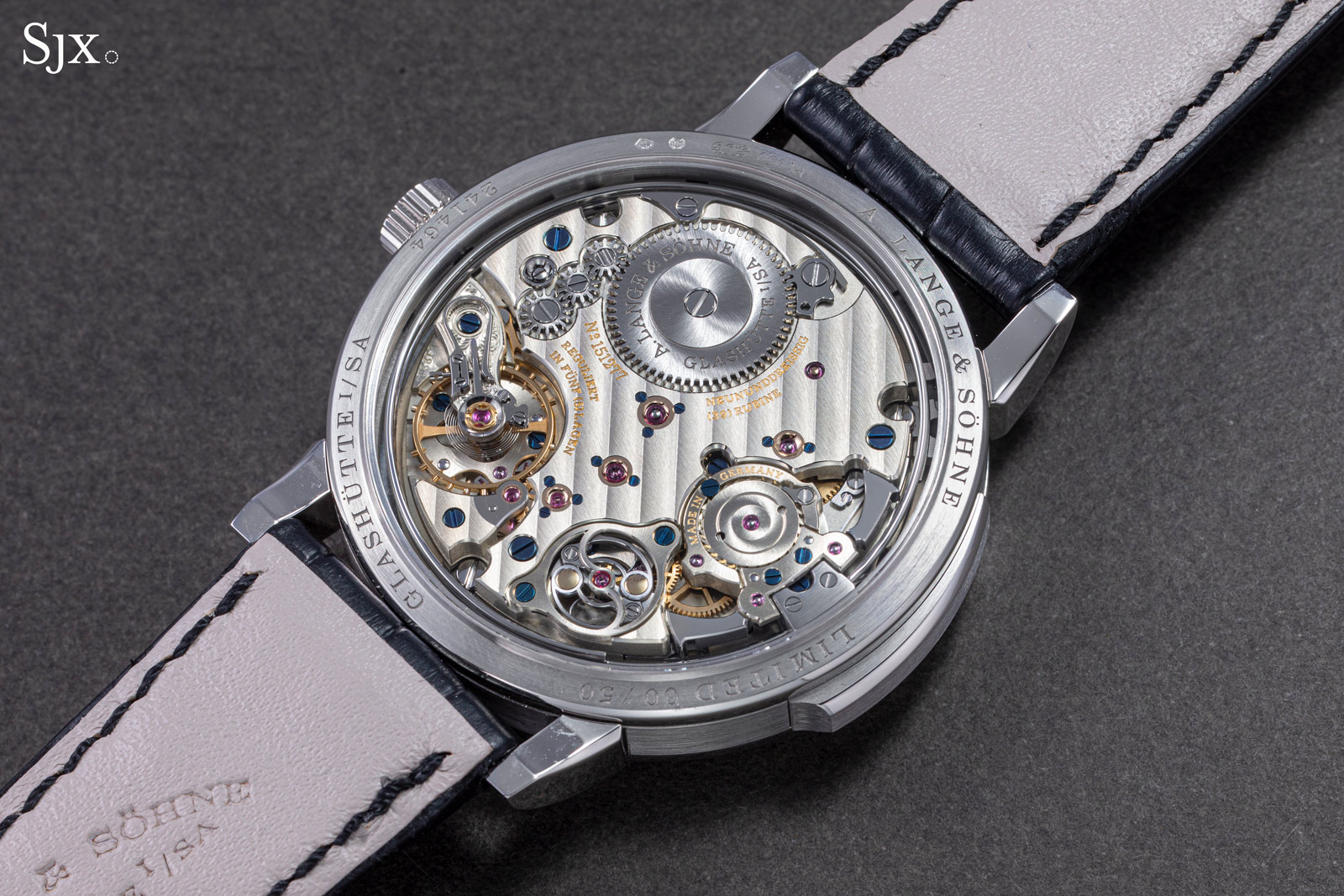
Given the brand’s numerous in-house movements with inventive complications, the classical approach taken by the Richard Lange Minute Repeater makes it seem like an oddity to some degree. Having said this, it does hark back to the first decade after the brand was founded, when Lange movements were largely inspired by 19th century German pocket watches. At the same time, the fact that the Richard Lange Minute Repeater manages to improve on the practicality of the minute repeater is an achievement in itself.
And the second honourable mention goes to the Richard Mille RM UP-01 Ferrari, the thinnest mechanical watch ever. At just 1.75 mm tall in its entirety, the RM UP-01 bests the previous record holder by 0.05 mm, a massive distance by the standards of very-thin watches.
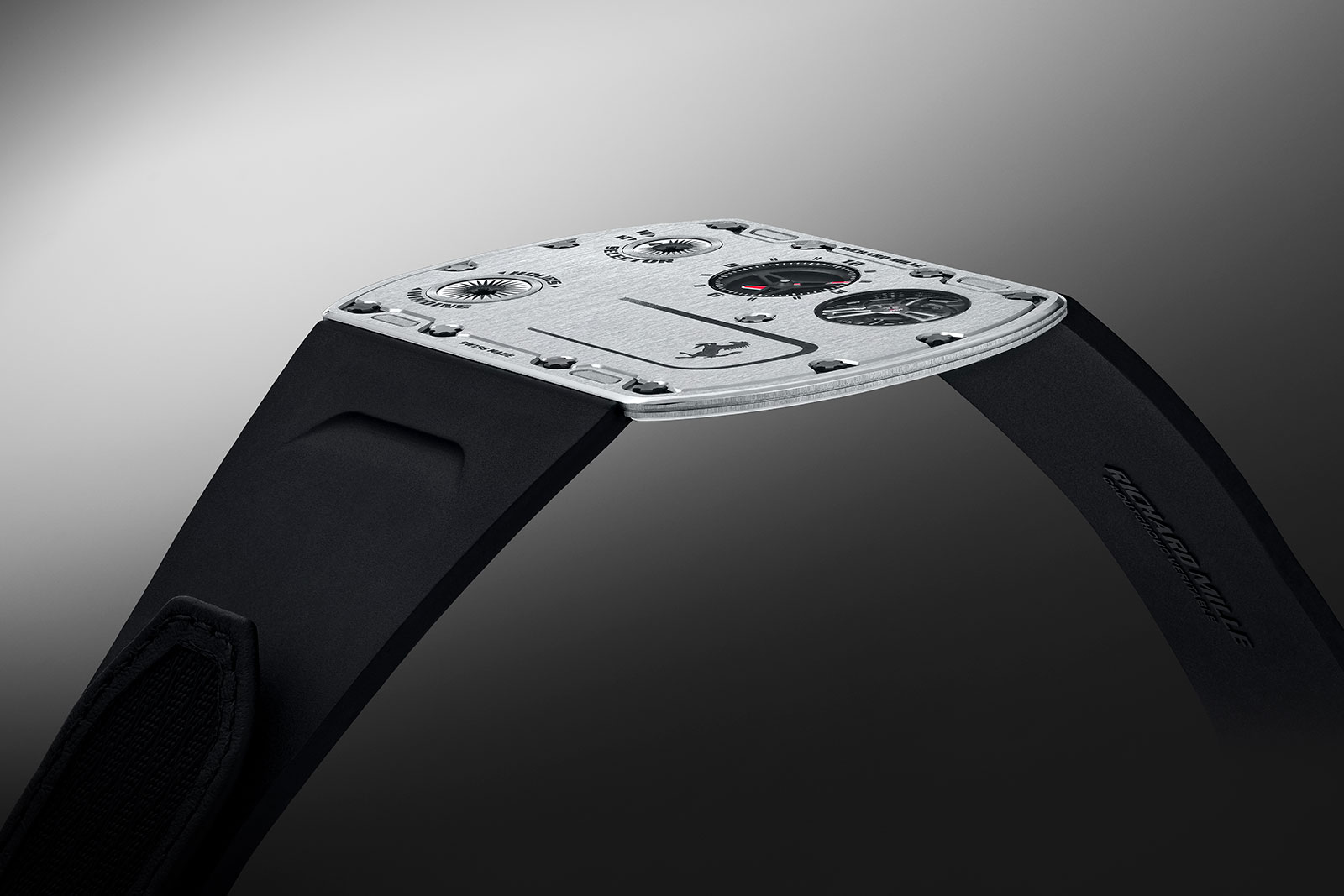
It doesn’t get any flatter than this. Image – Richard Mille
To get there, however, the RM UP-01 relies on many of the methods found in its ultra-thin rivals used, but Richard Mille takes it to a more extreme level. To quote from our original story on the watch, the RM UP-01 is “an incremental improvement – or more accurately, an incremental reduction – in thinness thanks to clever engineering that builds on past ideas.”
Like many of its peers, the thinness of the RM UP-01 dictates a variety of compromises, some of which reduce its practicality. Amongst them is the deconstructed winding and setting mechanisms, both of which require a key to engage. Another is the odd oblong case shape that departs from the trademark Richard Mille tonneau form. The CHF1.7 million price tag, however, is very much typical of the brand.
Back to top.





